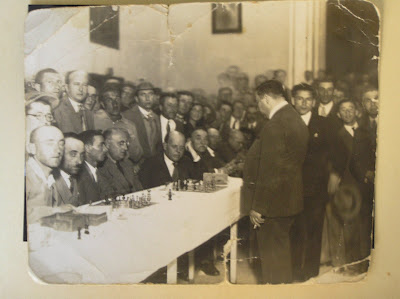The first regular chess column published in Palestine was in, of all places, The Palestine News--the weekly of the WWI British Expeditionary Force in Palestine. On July 11th, 1918, driven to distraction by the letters he got, the chess editor felt forced to say:
A. C. Mayhew, you may expect nothing but “teasers” in this column for a long time to come. When I do put up an easy problem, I get enough letters to sink a Dreadnought, and even the fairly stiff ones bring in enough letters to wrap one up in.
To Everyone who thinks a problem can be done with a “checking” move, I am reluctantly obliged to be rude enough to say,—“Don ’t write to T. P. N. about it.”
In reply to S. H. Francis… Oxon’s solution of problem No. 14 was acknowledged on 4.7.18, look it up and in future spare the poor Chess Editor who cannot answer letters until they reach him.
Wihenlee, what makes you glad causes the Asst. Editor to ask in sarcastic irony,: “Do you want to turn T. P. N. into a bally Chess Magazine?”
Later, one the first Hebrew-language chess columns was M. M. Marmorosh's in Davar. Here are selections--all from November and December of 1930--from his column:
To Mr. Silman: it is customary (though not an absolute requirement) that the key move to a problem is not a check or a capture.
To Mr. Mendelstein: it is allowed to create another Queen when a Pawn reaches the eight rank, even if the original Queen is still on the board. A player can have extra Queens, Rooks, etc.
To P. Hoffman, Jerusalem: stalemate is a draw; there’s no point contesting this fact.
To our correspondents: stalemate is not a loss but a draw.
Some things never change.



